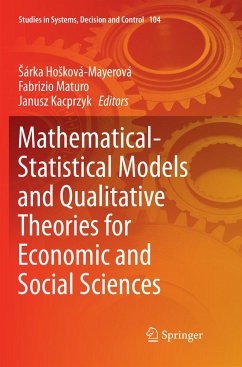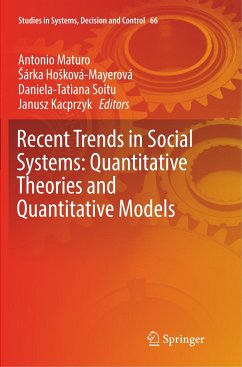
Bifurcation Theory for Hexagonal Agglomeration in Economic Geography
Versandkostenfrei!
Versandfertig in 6-10 Tagen
76,99 €
inkl. MwSt.
Weitere Ausgaben:

PAYBACK Punkte
38 °P sammeln!
The self-organization of hexagonal agglomeration patterns of industrial regions was first predicted by the central place theory in economic geography based on empirical investigations of cities in West Germany. Its emergence for economic geography models was envisaged by Krugman. This book produces a theoretical foundation for this prediction by its investigation of the bifurcations of economic geography models for a system of cities on a hexagonal lattice. After a brief introduction of the central place theory, the prediction is verified using group-theoretic analysis by first solving the bif...
The self-organization of hexagonal agglomeration patterns of industrial regions was first predicted by the central place theory in economic geography based on empirical investigations of cities in West Germany. Its emergence for economic geography models was envisaged by Krugman. This book produces a theoretical foundation for this prediction by its investigation of the bifurcations of economic geography models for a system of cities on a hexagonal lattice. After a brief introduction of the central place theory, the prediction is verified using group-theoretic analysis by first solving the bifurcation equation and next by applying an equivariant branching lemma. In addition, a numerical recipe is proposed for the static bifurcation analysis. Although it is customary to consider an infinite group in group-theoretic analysis of the hexagonal lattice, a finite group is considered compatible with the problem setting of a city location on each node. Several mathematical methodologies indispensable for tackling the present problem are gathered in a self-contained manner. This book consequently offers a complete guide for the application of group-theoretic bifurcation analysis to economic agglomeration, while presenting related backgrounds of central place theory and geographical models.














